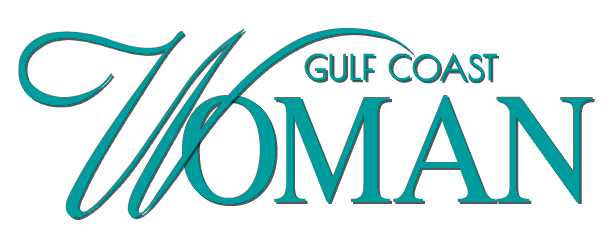Since I covered the basics of tax-free retirement accounts in this space, I have received several requests for additional information about TFRAs. I will answer a few of those questions here.
The first thing to know about TFRAs is that they use indexed universal life insurance (IUL) as the funding chassis. With the update of the IRS 7702 rule this year, you can put more money into a policy while buying less life insurance, thus reducing your expenses. This concept has not always been called a TFRA, but it has been used by U.S. presidents, large banks and the wealthy to build and protect their wealth and mitigate taxes for over 50 years.
A TFRA is a long-term investment plan. At a minimum, you must be able to fund the plan for three to seven years and allow it to grow for seven to 10 years before you plan to access the income stream. Just like any other income growth strategy, you must allow time for your money to grow; what you can expect to receive from the plan is dictated by what you put into it. These plans can be started for children as young as 14 days old.
A TFRA is not a qualified plan; money from your current qualified plan cannot be rolled into it without first paying any taxes or penalties on money liquidated.
Rules concerning 401k, Roth, 403b and other qualified plans are established by Congress and can be changed at their discretion. For example, the Secure Act changed the age at which required minimum distributions (RMDs) must be taken from your account from 70.5 to 72 — good right? However, that same law eliminated the stretch IRA. This means that should you pass away, your non-spousal beneficiaries no longer can stretch the payments over your lifetime. Your qualified retirement accounts must now be liquidated, and all taxes paid within 10 years — not good.
A TFRA is governed by contract, not by the whims of Congress. This means that the rules can’t be changed after the fact.
A TFRA plan is funded by after tax dollars, meaning you already have paid taxes on the money you put into your account. If your account is set up properly, your money grows tax free inside it. There is no requirement to report your earnings to the IRS.
A TFRA is not governed by the IRS rules for retirement plans, such as the age you can access your money or the amount you can access, and there is no 10 percent IRS penalty should you need access to your money before age 59.5. After the first year, your money inside the TFRA is available for you to access should you need it.
Unlike a 401k or Roth plan, a TFRA has a zero floor. Using an IUL, your money is indexed to the market and not actually in the market. If your indexing strategy goes up, you are credited with the gain per the strategy selected. If the market goes down, your zero floor prevents market loss. Your money is locked in, so instead of trying to recoup losses, you are in a position to grow your money. When funded properly, you can generally expect a 20-40 percent greater income stream than from a qualified plan.
We don’t know the ups and downs life has in store for us. I’ve previously listed five reasons you should consider a TFRA; taxes, volatility, liquidity, living benefits and permanent death benefit. TFRAs also offer leverage and flexibility in the ups and downs of life; qualified plans can’t.
A TFRA is a smart way to save for your future, but it isn’t for everyone. Contact a financial professional if you’d like to know more.
Kathy Rogers is the vice president of Marston Rogers Group, a life planner and financial consultant. Reach her at (228) 206-5902 or Kathy@mrg.life.




One Comment
Leave a Reply